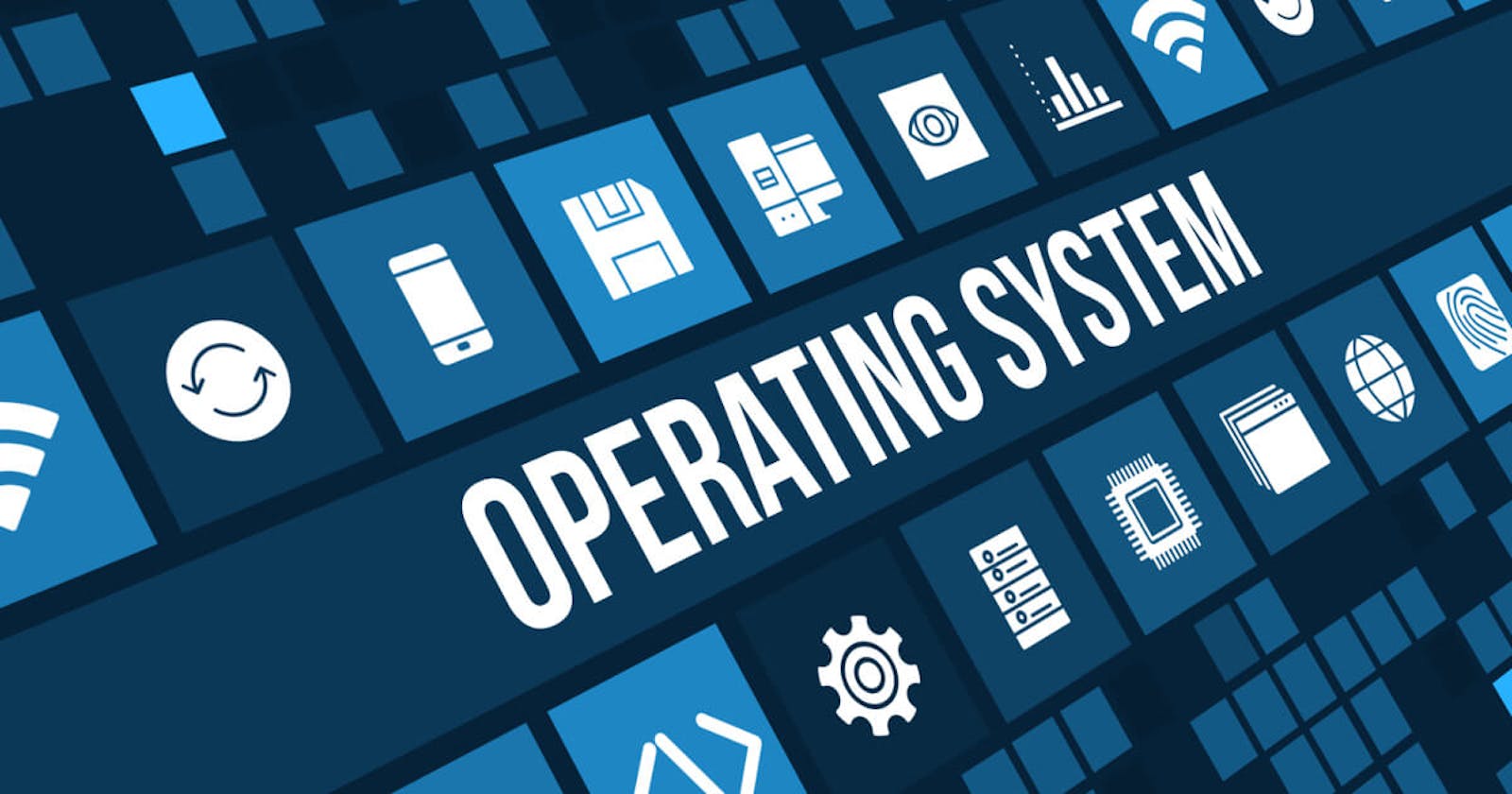Table of contents
Introduction:
In the intricate world of computing, where a myriad of hardware components and software applications work in harmony to perform diverse tasks, the role of an operating system (OS) is pivotal. An operating system serves as the intermediary between the user and the computer hardware, facilitating communication and coordination to ensure seamless execution of programs. This article delves into the fundamental concepts of operating systems, exploring their history, functions, and key components.
I. Evolution of Operating Systems:
The concept of operating systems dates back to the early days of computing when computers were large, cumbersome machines used for specific purposes. One of the earliest operating systems was the Batch Processing System, which allowed users to submit jobs in batches. Over time, operating systems evolved to incorporate interactive interfaces, multiprocessing capabilities, and graphical user interfaces (GUIs). The transition from mainframes to personal computers further shaped the landscape of operating systems, giving rise to popular ones like MS-DOS, Unix, and eventually, Windows.
II. Definition and Purpose of Operating Systems:
At its core, an operating system is a software layer that manages hardware resources and provides essential services to software applications. It acts as an interface between the user and the computer hardware, ensuring a user-friendly environment while efficiently utilizing system resources. Key purposes of operating systems include process management, memory management, file system management, device management, and user interface management.
III. Functions of Operating Systems:
Process Management:
Multitasking: Operating systems enable the execution of multiple processes simultaneously, allowing users to run several applications concurrently.
Process Scheduling: OSs determine the order and priority in which processes are executed, optimizing resource utilization.
Memory Management:
Allocation and Deallocation: Operating systems allocate memory to processes as needed and free up resources when processes are terminated.
Virtual Memory: OSs use virtual memory to provide the illusion of a larger memory space, allowing the execution of more extensive applications.
File System Management:
Storage Organization: Operating systems manage file storage, organizing data into files and directories.
Access Control: OSs regulate access to files and directories, ensuring data security.
Device Management:
Driver Interfaces: Operating systems provide interfaces for hardware devices through device drivers, facilitating communication between software and hardware.
Input/Output Control: OSs manage input and output operations, ensuring efficient data transfer between peripherals and the computer.
User Interface Management:
Graphical User Interface (GUI): Many modern operating systems utilize GUIs to enhance user interaction and simplify tasks.
Command-Line Interface (CLI): CLI provides a text-based interface for advanced users to interact with the operating system using commands.
IV. Types of Operating Systems:
Operating systems can be categorized into several types based on their intended use and design. The primary types include:
Single-User, Single-Tasking OS: Designed for personal computers, allowing one user to perform one task at a time.
Single-User, Multi-Tasking OS: Permits a single user to run multiple applications simultaneously.
Multi-User OS: Supports concurrent access by multiple users, often used in server environments.
Real-Time OS: Ensures timely and predictable execution of tasks, critical in applications like embedded systems and control systems.
V. Notable Operating Systems:
Windows:
- Microsoft Windows is a widely used operating system known for its user-friendly interface and broad compatibility with software and hardware.
Unix/Linux:
- Unix, and its open-source counterpart Linux, are renowned for their stability, security, and scalability, making them prevalent in server environments.
macOS:
- Developed by Apple Inc., macOS is the operating system for Apple Macintosh computers, known for its sleek design and integration with Apple's ecosystem.
VI. Future Trends and Challenges:
As technology continues to advance, operating systems face new challenges and opportunities. With the rise of cloud computing, there is a growing emphasis on distributed and virtualized systems. Security concerns, especially in the context of interconnected devices (Internet of Things), prompt continuous innovation in OS design to ensure robust defenses against cyber threats.
Conclusion:
In summary, operating systems serve as the backbone of computer functionality, providing a crucial layer of abstraction between users and hardware. From the early days of batch processing to the sophisticated multitasking environments of today, operating systems have evolved to meet the diverse needs of users and applications. Understanding the fundamentals of operating systems is essential for anyone seeking to navigate the dynamic and ever-changing landscape of computing.

